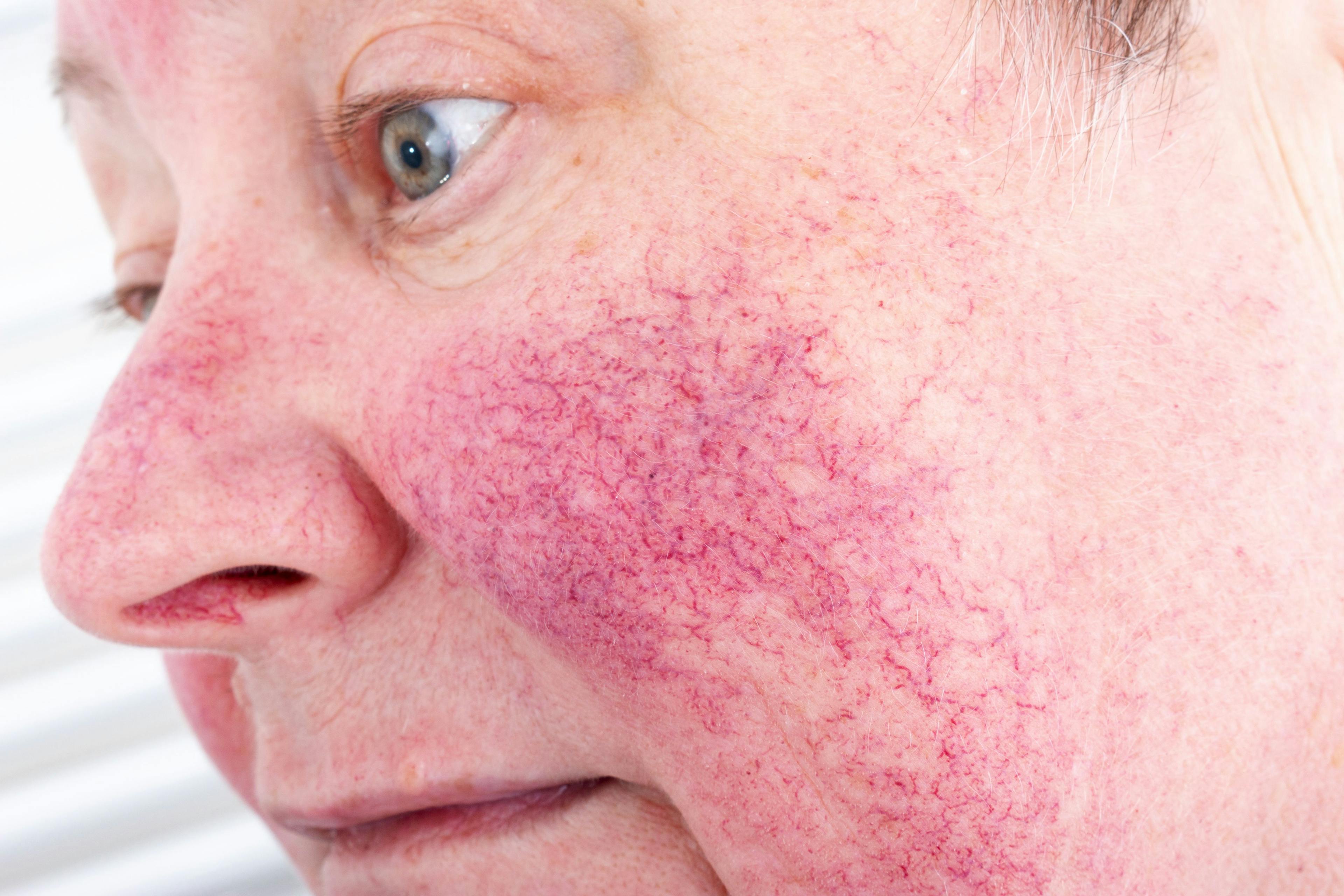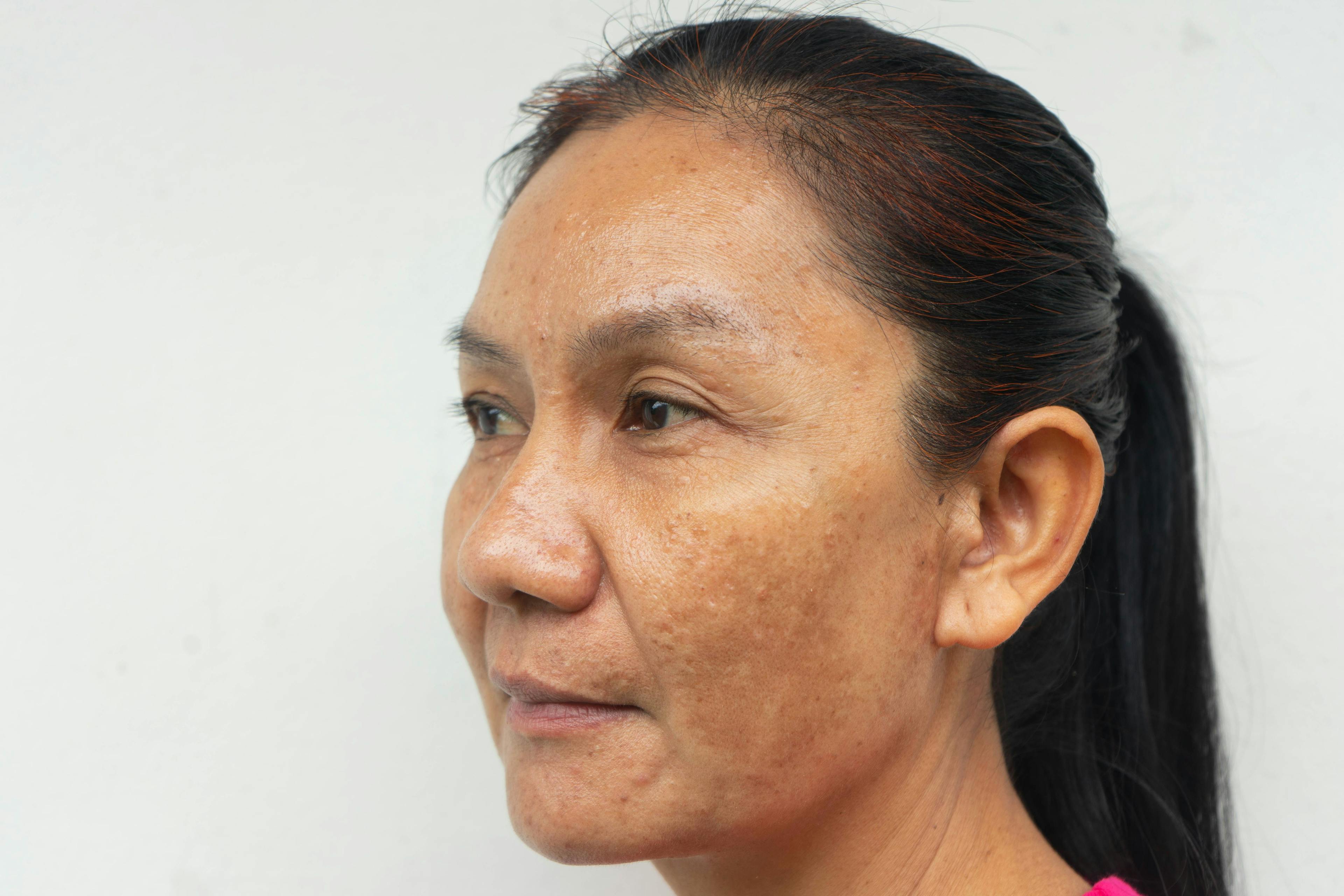- Acne
- Actinic Keratosis
- Aesthetics
- Alopecia
- Atopic Dermatitis
- Buy-and-Bill
- COVID-19
- Case-Based Roundtable
- Chronic Hand Eczema
- Chronic Spontaneous Urticaria
- Drug Watch
- Eczema
- General Dermatology
- Hidradenitis Suppurativa
- Melasma
- NP and PA
- Pediatric Dermatology
- Pigmentary Disorders
- Practice Management
- Precision Medicine and Biologics
- Prurigo Nodularis
- Psoriasis
- Psoriatic Arthritis
- Rare Disease
- Rosacea
- Skin Cancer
- Vitiligo
- Wound Care
Publication
Article
Dermatology Times
Get the Facts on Flaking
Author(s):
In this month's Cosmetic Conundrums column, Dermatology Times® Chief Medical Editor Zoe Diana Draelos, MD, explores scalp flaking causes and treatments.
Q: What is postmenopausal dry scalp, and does it cause female pattern alopecia?
Postmenopausal dry scale and female pattern alopecia are common findings in women who see a dermatologist for hair and scalp issues. Remember, menopause occurs due to lack of estrogen, the hormone responsible for encouraging sebum production and scalp hair growth. This loss of estrogen from declining ovarian function may uncover female pattern hair loss, but the hair loss is unrelated to decreases in scalp sebum production.
However, the reduced sebum production does cause dry scalp and an accompanying decrease in scalp exfoliation, which may or may not be associated with itching. The scalp scale typically appears as fine, powdery white flakes; they do not respond to traditional seborrheic dermatitis treatments because postmenopausal dry scalp is not related to fungal overgrowth in the scalp microbiome. Thus, the removal of Malassezia species produces no improvement. There is also no inflammation, as evidenced by the white scale that is not serum stained yellow—unless scratching occurs as a response to itching—so topical corticosteroids are of minimal benefit.
The best treatment for this condition is to remove the scale and moisturize the scalp. Shampoos containing salicylic acid are most useful and should be applied with vigorous scrubbing of the scalp to dislodge the skin scale. Shampooing and rinsing should be followed immediately with a dimethicone-containing instant conditioner for dry hair. Next, before the hair dries, a product with argan oil and dimethicone should be applied. The hair oil should be dispensed into the palm of one hand, and the fingertips of the opposite hand should be rubbed into the oil and then into the scalp, avoiding the hair. The oil may reduce hair volume if intentionally rubbed into the entire length of the hair.
The procedure should be repeated with the opposite palm and fingertips until the entire scalp has been oiled. If shampooing is infrequent and the scalp becomes dry again, it can be oiled between shampoos.
Some information posted on the internet erroneously suggests that hair oils cause further alopecia by “clogging” the follicular ostia. That is not possible—if it were true, hair would not grow due to the presence of sebum that leaves the sebaceous gland and exits the follicular ostia to form a film over the scalp skin.
Removing the scalp skin scale is important in alleviating postmenopausal pruritus because retained scale provides a surface on which sebum, sweat, and bacteria can collect. Usually, the itching will decrease once the scalp has been exfoliated. If using a shampoo with salicylic acid does not remove the scale, a salicylic acid scalp solution can be applied at bedtime and washed out the following day. If the scalp pruritus does not respond, a prescription topical corticosteroid may be indicated.
Q: Do dandruff shampoos encourage hair loss?
The internet is full of posts claiming that dandruff shampoos cause hair loss. It is impossible for a typical shampoo following the dandruff monograph to induce hair loss. The shampoo does not penetrate to the level of the follicle and therefore cannot affect hair growth.
However, the presence of dandruff can indirectly discourage growth. Many people with dandruff experience scalp itching, which varies with the severity of the dandruff. This itching leads to scratching that damages the hair cuticle, reducing the strength of the hair and eventually shearing off the hair fiber, which results in hair loss. Thus, it is possible that patients who have dandruff will experience increased hair loss but not due to the dandruff shampoo; rather, scalp scratching can lead to inadvertent hair scratching and subsequent hair loss.
Q: Are scalp-camouflaging products damaging to the hair and scalp?
Many new camouflaging products on the market increase the appearance of hair fullness and camouflage scalp skin. These products are powders or short hair fibers, usually of animal origin. The particles are charged with static electricity so that they adhere to the native hairs and/or scalp. They may be further held in place with a hair spray–type product. These camouflaging products may be used safely by both men and women and are removed by shampooing. They do not damage the scalp or hair but should not be a deterrent to good scalp hygiene.

Newsletter
Like what you’re reading? Subscribe to Dermatology Times for weekly updates on therapies, innovations, and real-world practice tips.





























